The Norfolk Terrier is a small but sturdy terrier breed known for its cheerful disposition and impressive agility. This breed, with its rich history and distinctive traits, makes a wonderful companion for those seeking an energetic and affectionate dog. This comprehensive guide will cover everything you need to know about the Norfolk Terrier, including its history, physical characteristics, temperament, care needs, and more.
History of the Norfolk Terrier
The Norfolk Terrier originated in England, where it was developed in the late 19th to early 20th centuries. The breed is closely related to the Norwich Terrier, and the two were once considered the same breed. The primary difference between them is the Norfolk Terrier’s drop ears versus the Norwich Terrier’s prick ears.
Originally bred for hunting small game like rats and foxes, the Norfolk Terrier was valued for its tenacity and courage. These small, hardworking terriers were also used for their ability to dig out pests from burrows. Over time, the breed gained recognition for its endearing personality and became popular as a companion animal, eventually distinguishing itself as a distinct breed.
Physical Characteristics
Size and Weight
The Norfolk Terrier is a small, compact dog that stands between 9 to 10 inches tall at the shoulder and typically weighs between 11 to 12 pounds. Despite its small size, the breed is well-built with a muscular body and strong, sturdy legs that reflect its terrier heritage.
Coat and Color
The Norfolk Terrier has a distinctive, wiry coat that provides it with a rugged appearance. The coat is dense and harsh, designed to withstand harsh weather and rough terrain. Common coat colors include:
- Red: A rich, deep red.
- Grizzle and Tan: A mix of gray and tan.
- Black and Tan: Black with tan markings.
- Wheaten: A pale, almost yellowish color.
Regular grooming is required to keep the coat in good condition. This includes brushing to remove loose hairs and occasional hand-stripping to maintain the coat’s texture.
Build and Structure
The Norfolk Terrier has a strong, rectangular build with a deep chest and well-sprung ribs. Its head is broad with a short, strong muzzle and a flat skull. The breed’s eyes are dark and round, giving it a keen, alert expression. The ears are one of the breed’s most distinctive features, being small and dropped, which contributes to its charming appearance. The tail is carried high and is typically docked to a medium length, though natural tails are also seen in some countries where docking is restricted.
Temperament and Personality
Energetic and Playful
Norfolk Terriers are known for their high energy levels and playful nature. They are lively dogs that enjoy engaging in various activities, including fetch, agility training, and exploring their environment. Their energetic disposition makes them well-suited for active families who can provide ample exercise and playtime.
Affectionate and Loyal
Despite their small size, Norfolk Terriers are deeply affectionate and form strong bonds with their families. They are known for their loyalty and enjoy spending time with their human companions. This breed is often described as being loving and eager to please, making them great pets for families and individuals alike.
Intelligent and Curious
Norfolk Terriers are intelligent dogs with a curious nature. They are quick learners and can excel in training when motivated by positive reinforcement methods, such as treats and praise. Their curiosity can sometimes lead to mischievous behavior, so it is important to provide mental stimulation and engage them in activities that challenge their intellect.
Alert and Brave
As a terrier breed, the Norfolk Terrier has a brave and alert personality. They are naturally protective of their home and family, and their keen senses make them good watchdogs. They are likely to bark at unfamiliar sounds or visitors, which can be useful for alerting their owners to potential intruders.
Exercise and Activity Needs
Daily Exercise
Norfolk Terriers require regular exercise to maintain their physical and mental health. Daily walks, playtime, and opportunities to explore their surroundings are essential for keeping them happy and healthy. They enjoy activities that allow them to use their energy and intelligence, such as playing fetch or participating in dog sports.
Play and Enrichment
In addition to physical exercise, Norfolk Terriers benefit from mental stimulation. Interactive toys, puzzle games, and training sessions can help keep their minds engaged and prevent boredom. They are intelligent dogs that enjoy learning new tricks and solving problems, which helps keep them mentally sharp and content.
Training and Socialization
Early Socialization
Socialization is crucial for Norfolk Terriers to ensure they grow up to be well-adjusted and confident adults. Exposing them to various environments, people, and other animals from a young age helps them develop positive behaviors and reduces the risk of fearfulness or aggression. Socialization also helps them become more adaptable and less likely to develop behavioral issues.
Consistent Training
Training a Norfolk Terrier requires consistency and patience. They are intelligent and eager to learn but can sometimes exhibit a stubborn streak. Positive reinforcement methods, such as treats, praise, and play, work best with this breed. Training sessions should be kept short and engaging to maintain their interest and prevent frustration.
Health and Care
Common Health Issues
Norfolk Terriers are generally healthy dogs, but they can be prone to certain health conditions, including:
- Patellar Luxation: A condition where the kneecap dislocates, causing discomfort and lameness.
- Hip Dysplasia: A genetic condition where the hip joint does not fit properly into the hip socket, leading to pain and mobility issues.
- Dental Problems: Small breeds like the Norfolk Terrier are prone to dental issues, so regular dental care is important.
Regular veterinary check-ups, a balanced diet, and proper exercise can help manage and prevent these health concerns.
Grooming
The grooming needs of Norfolk Terriers include regular brushing to remove loose hairs and prevent matting. The wiry coat requires occasional hand-stripping to maintain its texture and appearance. Regular grooming also involves nail trimming, ear cleaning, and dental care. The breed’s coat is relatively low-shedding, but routine grooming is essential to keep them clean and comfortable.
Diet and Nutrition
A balanced diet is crucial for the health of a Norfolk Terrier. High-quality dog food formulated for small breeds will provide the necessary nutrients to support their size and activity level. Monitor their weight closely to prevent obesity, as small dogs can be prone to weight gain. Consult with your veterinarian to determine the best diet plan for your dog’s specific needs.
Living Environment
Space Requirements
Norfolk Terriers are adaptable dogs that can thrive in various living environments, including apartments and houses. They do not require a large space but benefit from having access to an outdoor area where they can exercise and play. A secure, fenced yard is ideal for outdoor play and exploration.
Indoor vs. Outdoor Living
Norfolk Terriers should primarily live indoors with their family. They are companion animals that enjoy being part of household activities and interacting with their owners. While they enjoy outdoor playtime, they should not be left outside unsupervised for extended periods.
Conclusion
The Norfolk Terrier is a delightful and energetic breed known for its affectionate nature, intelligence, and playful personality. With proper care, training, and socialization, this small terrier can make a wonderful companion for families and individuals alike. Understanding their exercise needs, grooming requirements, and health considerations will help ensure that your Norfolk Terrier remains a happy and healthy member of your family.
If you’re considering adding a Norfolk Terrier to your home, be prepared for a lively and loving dog that will bring joy and companionship into your life. Their endearing personality and adaptable nature make them a great choice for those looking for a small, yet spirited, companion.





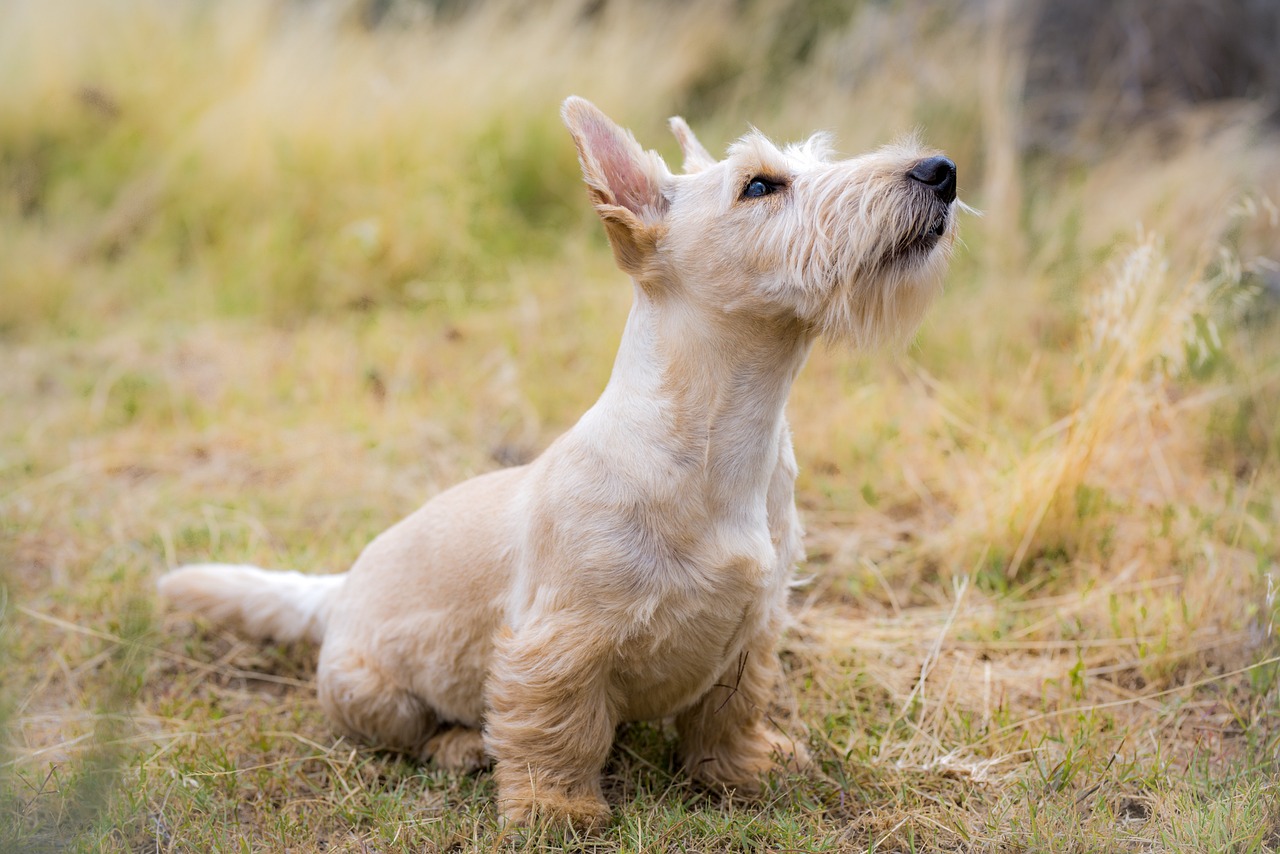

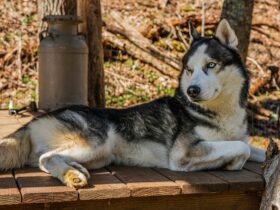
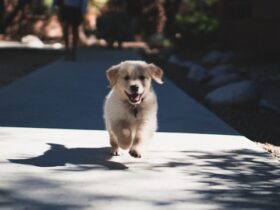
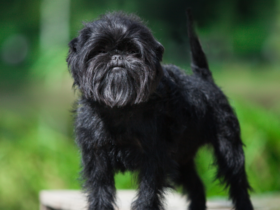
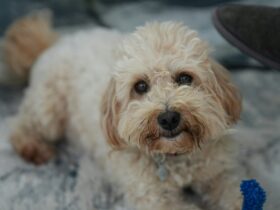
Leave a Reply